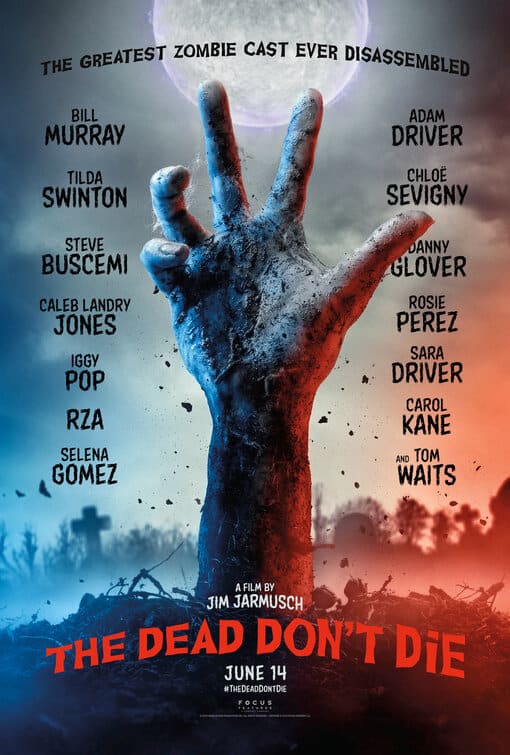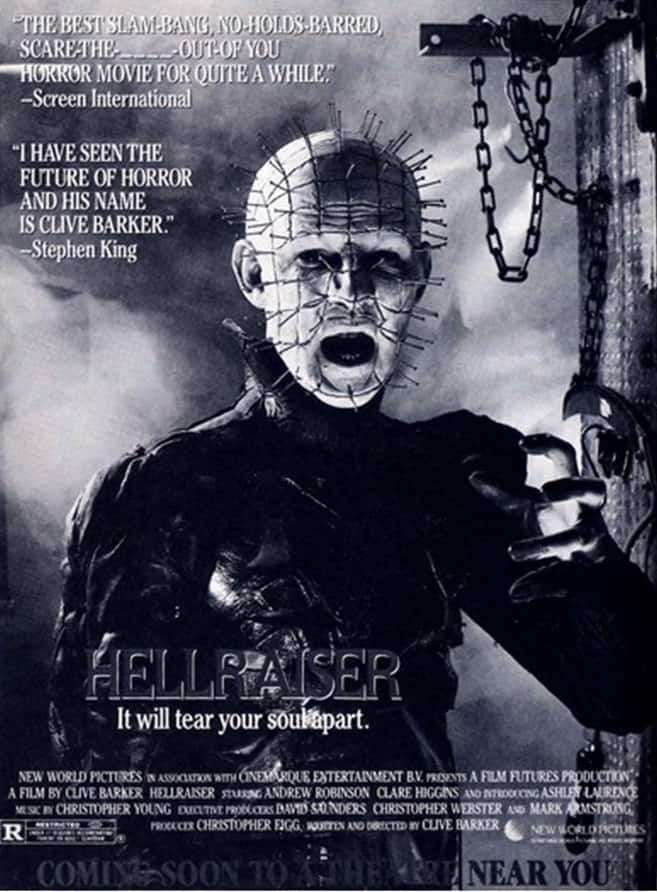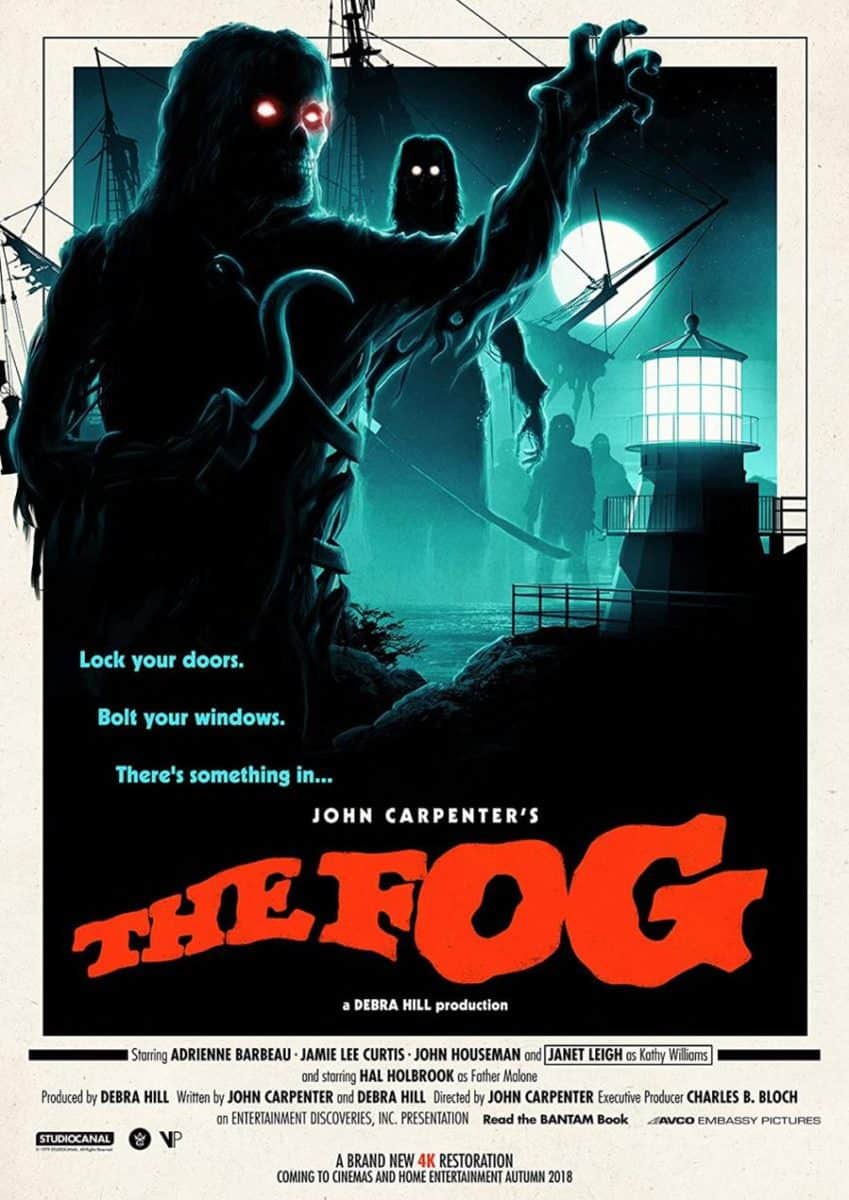
Howard Shore has cultivated two very distinct sides of his film scoring oeuvre. While the most well-known (and most beloved) belong to his brilliant orchestral works, such as his seminal score for The Lord of the Rings trilogy, he also has an odder, experimental side. Shore has cultivated the latter side most often with longtime collaborator, director David Cronenberg, one of the masters of the strange. Shore’s latest score, Crimes of the Future, sees Shore re-team with Cronenberg for the first time in several years while returning to the world of stranger, more unorthodox music.
In Crimes of the Future Cronenberg introduces us to a near-future dystopia. Pollution and climate change run rampant, and civilization as we know it seems to have crumbled. Amidst this, humanity has experienced a number of biological changes, including pain disappearing and the growth of new organs. Saul Tenser (played by Viggo Mortensen) and Caprice (Léa Seydoux) are renowned performance artists in this world, creating sensuality and social commentary through private showings of Caprice removing Tenser’s constantly emerging new organs. After all, surgery is the new sex.
Shore deftly balances how “futuristic” his score is, often juggling pure synth with a stripped-down, slightly more “organic” sound. This is most apparent in the film’s theme, first introduced in the opening track “Crimes of the Future”. It begins with a low, ominous brass rumble, sounding a dirge for humanity, before turning into a series of cascading electronic beeps, as if turning Tenser’s medical machinery into music. It doesn’t signal that people are being replaced by machines, but rather that we have reached an inflection point. Humans have destroyed the world, set the “natural” order awry, and it’s finally changing our genetic makeup. The line between natural and artificial slowly collapses.
The Crimes of the Future theme sets forth a bleak world, particularly through its initial deep brass roar. Although we never know when the film takes place, Shore’s reluctance to go for a full-on synth score (as we hear with many other sci-fi films) makes it feel much closer to the present. Shore and Cronenberg don’t give the viewer or listener piece of mind in believing that the setting is a distant future, putting this dystopia at our doorsteps.
Not all of the score is this main theme, but much of it is. The score is effectively monothematic, which can cause issues if it’s used too much. This is almost the case in Crimes of the Future, where the theme comes in around three times in the first ten or so minutes of the film. It reaches the breaking point – one more recitation and it would get exhausting. But then Shore pulls back. He does this a few times, heavily using the theme before letting it sit dormant for significant stretches (often with no music at all).
Even on the score release, the theme never reaches the point of overuse. This is largely because several tracks that stand almost independent of the score. These consist of the music played during the film’s various futuristic art performances, with each performance (and track) having a very distinct identity. For instance, the track “Klinek” plays during Klinek’s show (affectionately referred to as Ear Man almost everywhere online). Klinek sews his eyes and mouth shut in order to enhance his hearing; he’s also covered his body in surgically attached ears. Pounding, highly danceable dark electronic music plays, sweeping Klinek up in interpretive dance. That Shore, a 75-year-old famous for melodic, orchestral work, is also capable of making very good, slightly futuristic EDM is a testament to his talent.
Crimes of the Future instantly became one of my favorite scores of 2022 so far. It’s a score full of surprising tracks and interesting choices. It’s also a score that lets Shore be a little weird again.
Editor’s Note: This score also featured in our column about the Best Film Scores of June 2022.



